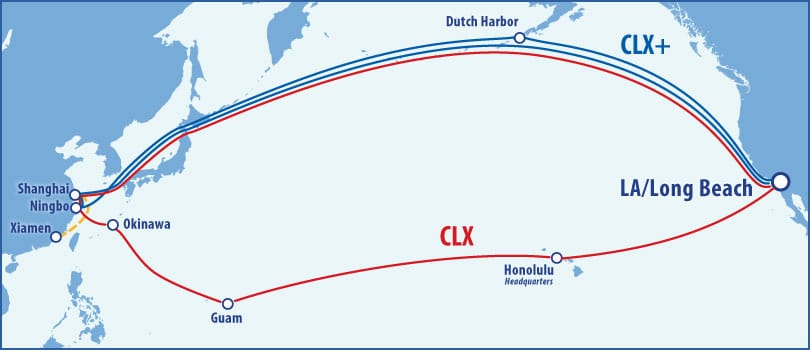
In the vast expanse of our blue planet, invisible highways crisscross the oceans, connecting distant lands and fueling the engine of global commerce. Among these maritime arteries, the shipping lanes from China to the United States stand out as some of the most crucial and bustling routes in international trade. These sea paths serve as the lifeline for the economic relationship between the world's two largest economies, facilitating the movement of countless goods that stock American shelves and power industries on both sides of the Pacific.
The Importance of China-US Shipping Routes
The significance of shipping lanes from China to US cannot be overstated. These maritime corridors are the backbone of the intricate supply chain that connects Chinese manufacturers with American consumers and businesses. The volume of trade traversing these routes is staggering, with container ships laden with electronics, textiles, machinery, and a myriad of other products making the transpacific journey day and night.
Key shipping lanes from China to US include:
The North Pacific Route
The Central Pacific Route
The South Pacific Route
The Panama Canal Route
The Suez Canal Route (less common but used for East Coast destinations)
Each of these routes offers unique advantages and challenges, influenced by factors such as distance, weather patterns, and geopolitical considerations.
Mapping the Maritime Highways
The journey of goods from Chinese ports to US destinations is a marvel of modern logistics. Let's explore the primary shipping lanes in more detail:
North Pacific Route
This route is favored for shipments to the West Coast of the United States. Vessels departing from ports like Shanghai or Ningbo-Zhoushan typically follow a great circle route across the North Pacific, making landfall at major US ports such as Los Angeles, Long Beach, or Seattle-Tacoma.
Central Pacific Route
For goods destined for Hawaii or as an alternative to the North Pacific, ships may take a more southerly course. This route can be advantageous during certain seasons to avoid rough weather in the northern latitudes.
South Pacific Route
Less common for China-US trade, this route might be used for shipments to the Southern United States or for vessels continuing on to South America after calling at US ports.
Panama Canal Route
A critical shortcut for reaching the East Coast, the Panama Canal route allows ships from China to access ports like New York, New Jersey, and Miami without circumnavigating South America. This route has become increasingly important with the canal's expansion, accommodating larger vessels.
Suez Canal Route
While longer, this route can be economical for reaching the US East Coast from certain Chinese ports, especially when considering the return journey and potential stops in Europe or the Mediterranean.
The Choice of Route: A Complex Decision
Selecting the optimal shipping lane from China to US involves a complex calculus of factors. Shipping companies must consider:
Distance and transit time
Fuel costs and efficiency
Port congestion and processing times
Seasonal weather patterns
Geopolitical stability and piracy risks
Environmental regulations and emissions
Cargo type and urgency
The interplay of these factors can significantly impact the cost, reliability, and environmental footprint of shipments.
Technological Advancements in Maritime Navigation
The efficiency of shipping lanes from China to US has been dramatically enhanced by technological innovations. Modern vessels employ sophisticated navigation systems, including:
GPS and satellite communications
Weather routing software
Automated identification systems (AIS)
Electronic chart display and information systems (ECDIS)
These technologies allow for real-time route optimization, improving safety and reducing fuel consumption along the shipping lanes.
Environmental Considerations
As the world grapples with climate change, the environmental impact of shipping lanes from China to US has come under scrutiny. The maritime industry is exploring various strategies to reduce its carbon footprint:
• Use of cleaner fuels like LNG
• Implementation of slow steaming practices
• Development of more efficient hull designs
• Exploration of wind-assisted propulsion
• Research into alternative propulsion technologies
The push for greener shipping is reshaping the way companies approach these vital trade routes, with potential long-term impacts on route selection and vessel design.
Challenges Along the Way
Despite technological advances, shipping lanes from China to US face numerous challenges:
Weather and Natural Disasters
The Pacific Ocean can be treacherous, with typhoons, rogue waves, and other natural phenomena posing risks to vessels and cargo.
Geopolitical Tensions
Disputes over territorial waters and trade conflicts can disrupt established shipping patterns and increase costs.
Piracy and Security Concerns
While less prevalent on transpacific routes, security remains a concern, particularly in certain coastal areas.
Port Congestion
Major US ports have experienced significant backlogs, leading to delays and increased costs along the supply chain.
Regulatory Changes
Evolving environmental and safety regulations require constant adaptation by shipping companies.
Economic Fluctuations
Changes in global trade patterns and economic conditions can rapidly alter the dynamics of China-US shipping routes.
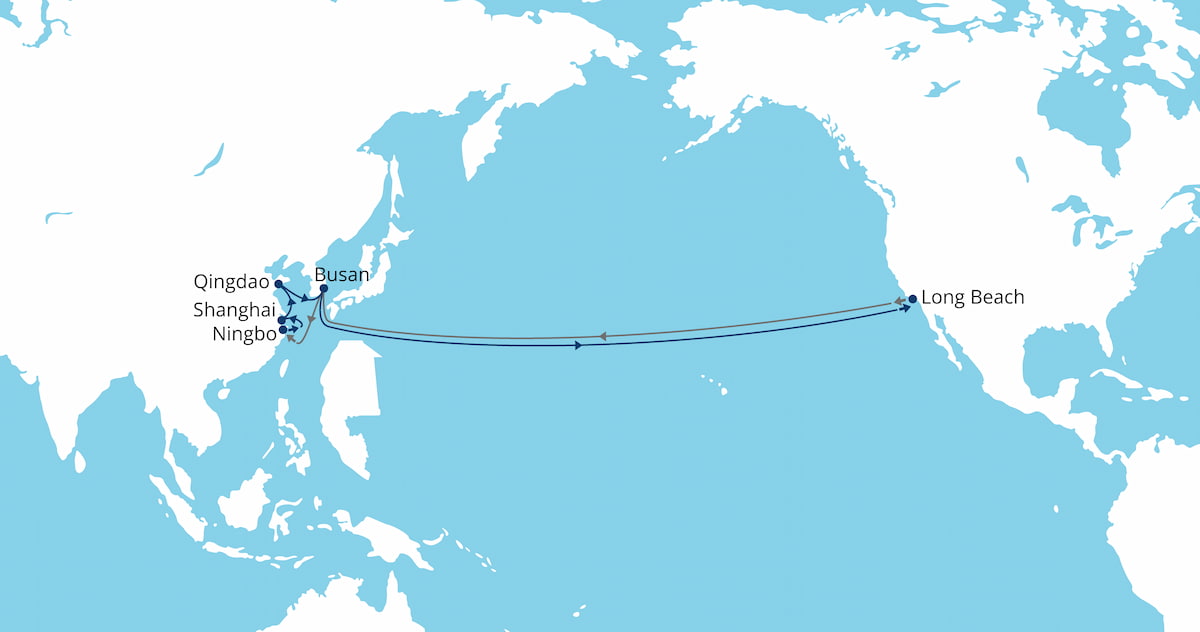
The Future of China-US Shipping Lanes
Looking ahead, several trends are likely to shape the future of shipping lanes from China to US:
Automation and AI
Increased use of autonomous vessels and AI-driven logistics could revolutionize route planning and execution.
Alternative Routes
The potential opening of Arctic shipping lanes due to climate change could offer new options for China-US trade.
Sustainability Focus
Growing emphasis on reducing emissions may lead to the development of new propulsion technologies and route strategies.
Digital Transformation
Blockchain and other digital technologies promise to streamline documentation and increase transparency along shipping routes.
Geopolitical Shifts
Changing trade relationships and the rise of new manufacturing hubs could alter established shipping patterns.
Comparative Analysis of Major China-US Shipping Routes
To better understand the nuances of different shipping lanes from China to US, let's examine a comparative table:
| Route | Avg. Transit Time | Primary Ports Served | Key Advantages | Main Challenges |
|---|---|---|---|---|
| North Pacific | 14-18 days | Los Angeles, Long Beach, Seattle | Direct route to West Coast | Rough winter weather |
| Panama Canal | 22-26 days | New York, New Jersey, Miami | Access to East Coast markets | Canal transit fees and potential congestion |
| Suez Canal | 28-32 days | New York, Norfolk, Charleston | Combines with Europe/Med. trade | Longer transit time, piracy risks in certain areas |
| Central Pacific | 16-20 days | Oakland, Portland, Honolulu | Alternative to North Pacific | Longer than direct northern route |
| South Pacific | 18-22 days | San Diego, Houston (via Panama) | Access to Southern US | Less frequent service, longer transit times |
The Role of Intermodal Transportation
The journey along shipping lanes from China to US doesn't end at the port. Intermodal transportation plays a crucial role in the overall supply chain:
• Rail connections from West Coast ports to inland destinations
• Trucking networks for last-mile delivery
• Air freight for high-value or time-sensitive cargo
• River barge systems for reaching inland ports
The efficiency of these intermodal links is essential for the smooth flow of goods from Chinese factories to American consumers.
Economic Implications of Shipping Lanes
The shipping lanes from China to US are more than just routes across the ocean; they are vital economic arteries with far-reaching impacts:
Job creation in ports, logistics, and related industries
Facilitation of bilateral trade and economic interdependence
Influence on regional development in port cities and hinterlands
Contribution to maritime sector innovation and technology development
The economic value generated by these shipping lanes extends far beyond the immediate costs of transportation, playing a crucial role in global supply chains and international trade relations.
Navigating Regulatory Waters
Compliance with international maritime laws and regulations is a critical aspect of managing shipping lanes from China to US. Key regulatory bodies and frameworks include:
International Maritime Organization (IMO)
United States Coast Guard (USCG)
China Maritime Safety Administration
MARPOL Convention for pollution prevention
SOLAS Convention for safety of life at sea
Adhering to these regulations ensures the safety, security, and environmental sustainability of maritime trade between China and the US.
The Human Element in Shipping Lanes

While much focus is placed on vessels and cargo, it's important to remember the human element in operating shipping lanes from China to US:
• Skilled crew members navigating vast ocean expanses
• Port workers handling loading and unloading operations
• Logistics professionals coordinating complex supply chains
• Maritime educators training the next generation of seafarers
• Researchers and innovators developing new maritime technologies
These individuals play an indispensable role in keeping the vital China-US trade routes functioning smoothly.
Conclusion: The Enduring Importance of Maritime Connections
As we navigate the complexities of 21st-century global trade, the shipping lanes from China to US remain as crucial as ever. These maritime highways continue to evolve, adapting to technological, economic, and environmental changes. They stand as a testament to human ingenuity and the enduring importance of international commerce.
From the bustling ports of Shanghai and Shenzhen to the sprawling container terminals of Los Angeles and New York, the journey across the Pacific represents not just the movement of goods, but the connection of cultures, the exchange of ideas, and the shared aspirations of two great nations. As we look to the future, the efficient and sustainable management of these vital shipping lanes will remain a key priority for both China and the United States, ensuring the continued flow of trade that underpins our interconnected global economy.
In an ever-changing world, one constant remains: the shipping lanes from China to US will continue to serve as the lifelines of international trade, bridging distances and bringing the products of human creativity and industry to markets across the globe. As we sail into the future, these maritime routes will undoubtedly face new challenges and opportunities, but their fundamental importance to global commerce and cooperation will remain undiminished.
 Easy Shipping From Global, Save Cost
Easy Shipping From Global, Save Cost

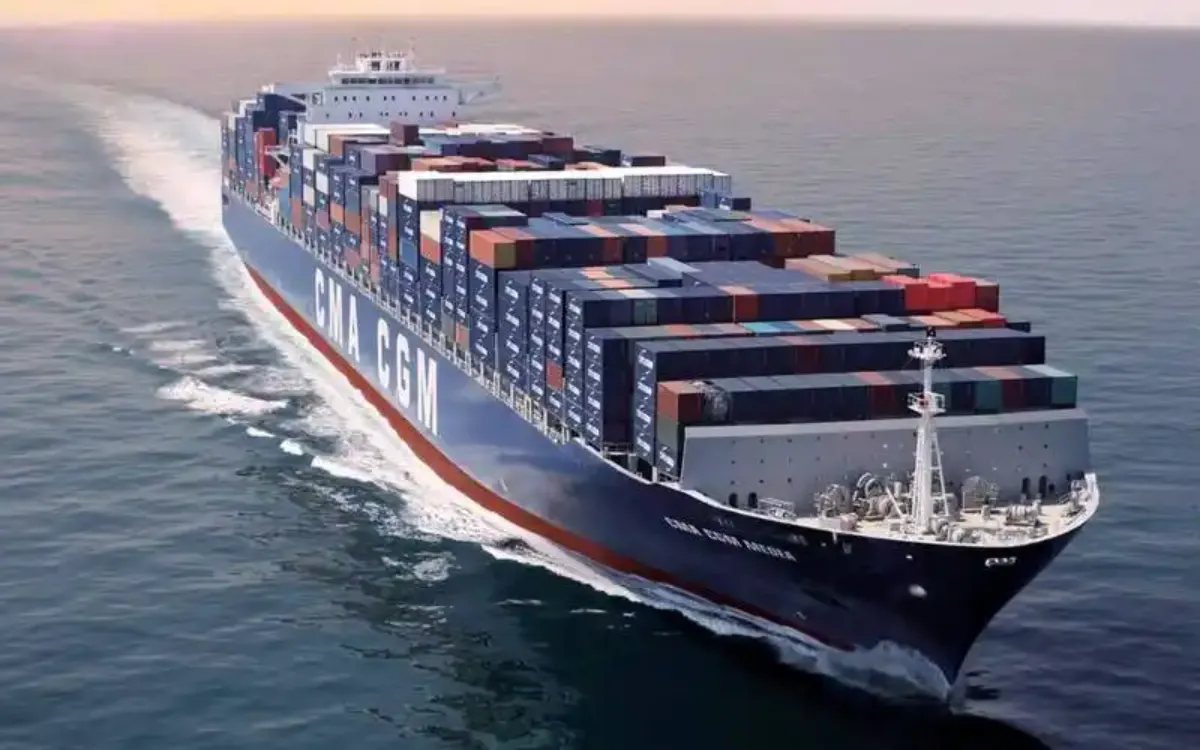
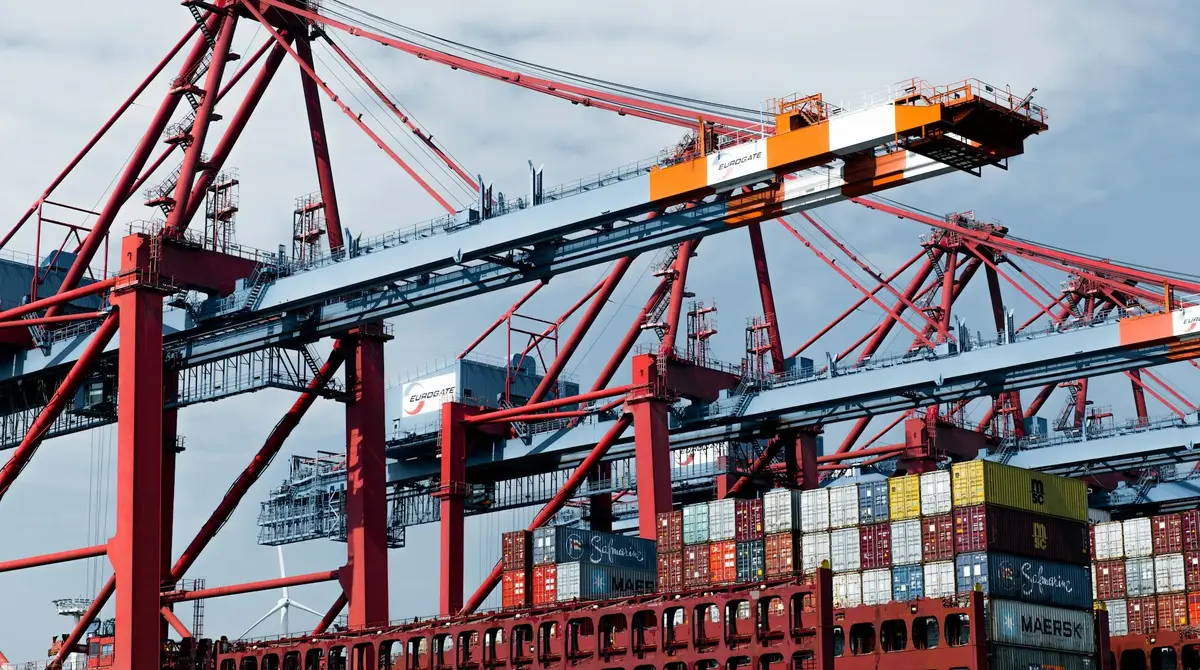
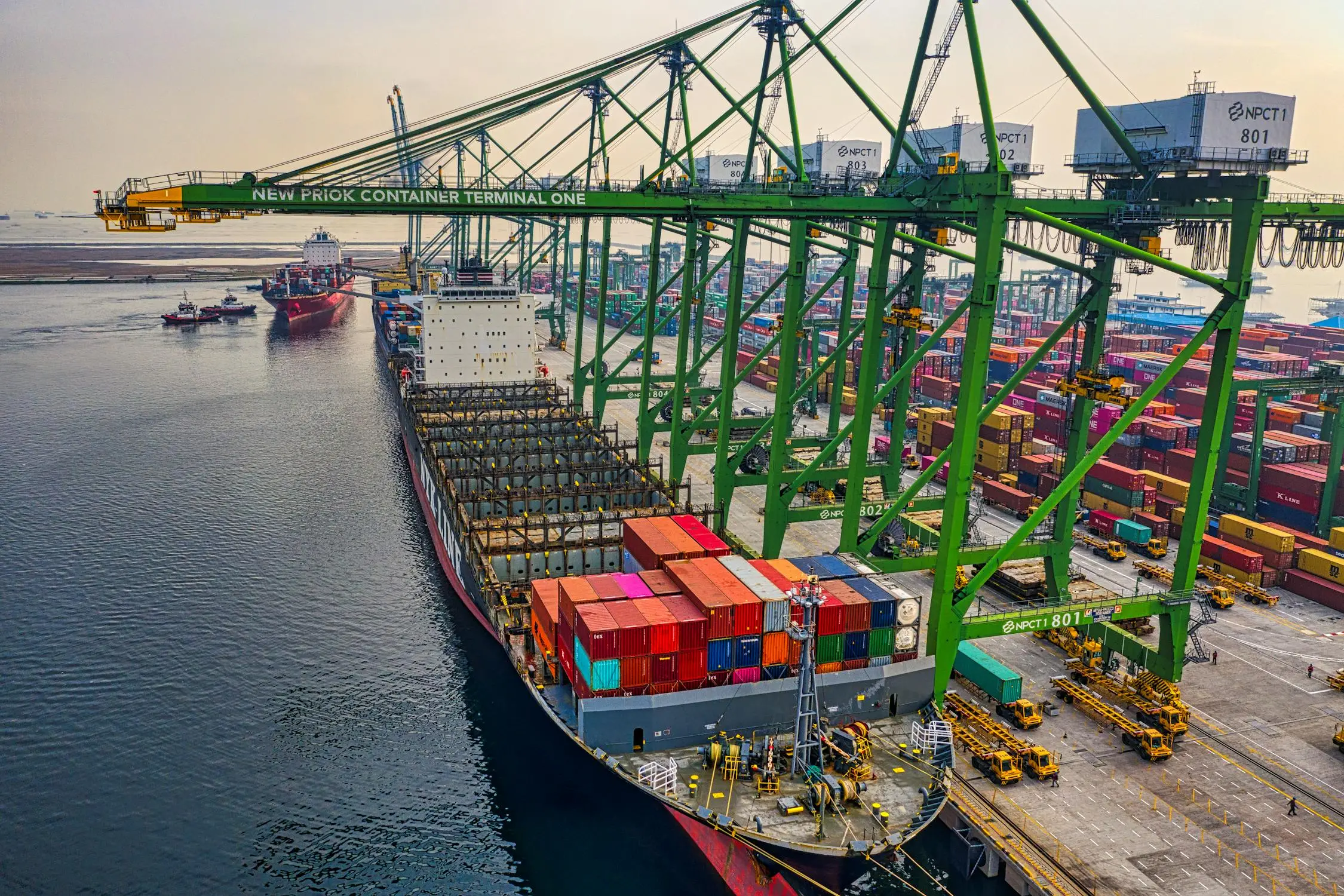










nice article, it's helpful